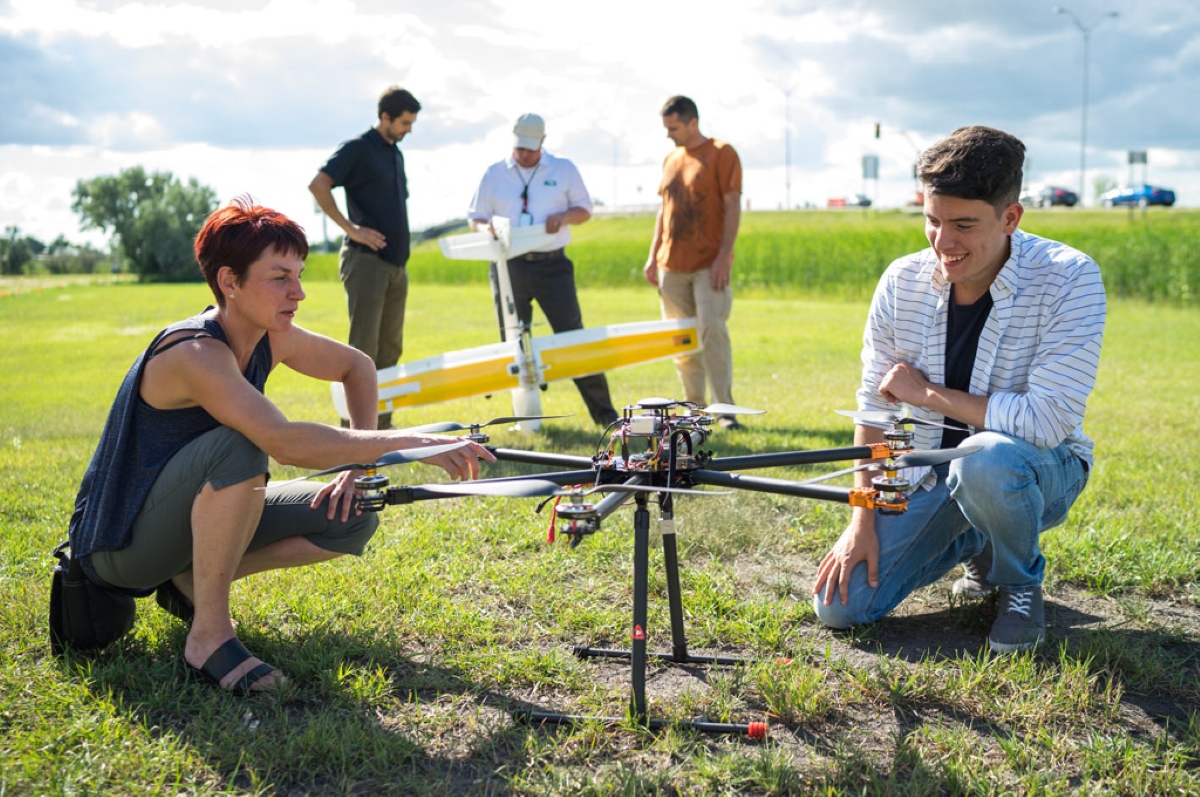
The Federal Aviation Administration (FAA) has invested another $4.4 million in drone research through its Alliance for System Safety of UAS through Research Excellence (ASSURE) program. The grants – focusing on the areas of electromagnetic compatibility, UAS detect and avoid classifications, and cybersecurity oversight – have been awarded to seven US universities.
These universities are the University of North Dakota, University of Kansas, Drexel University, The Ohio State University, Embry-Riddle Aeronautical University, Mississippi State University, and Oregon State University.
A total of 15 grants, valued at $18.3 million, have been awarded so far as part of the ASSURE program for the Fiscal Year 2022.
As FAA Acting Administrator Billy Nolen explains:
This funding and our ongoing partnerships with these universities will allow the FAA to safely integrate the airspace that has a growing number of diverse aircraft users.
Let’s talk about the specific research initiatives now.
The research on drone electromagnetic compatibility will assess the risks and identify drone design vulnerabilities as well as the material and procedural mitigations. It would also propose guidance for safer electromagnetic compatibility with emitted and static fields.
At the same time, research investigating detect and avoid track classification and filtering will provide proposed metrics, guidance, and test methods to assess the effects of false or misleading information on UAS detect and avoid capabilities. The findings are expected to support FAA’s Beyond Visual Line of Sight operations.
Finally, an investigation into drone cybersecurity oversight and risk management will seek to address issues pertaining to the National Airspace System and other FAA systems.
It’s worth pointing out that the ASSURE Center of Excellence is only one of six that the FAA has established to help advance technology and educate the next generation of aviation professionals. According to the agency, more than 800,000 recreational and commercial drones are in the active fleet now, and that number is expected to grow.
Read more: FAA updates safety guidelines for recreational drone flyers
FTC: We use income earning auto affiliate links. More.






Comments